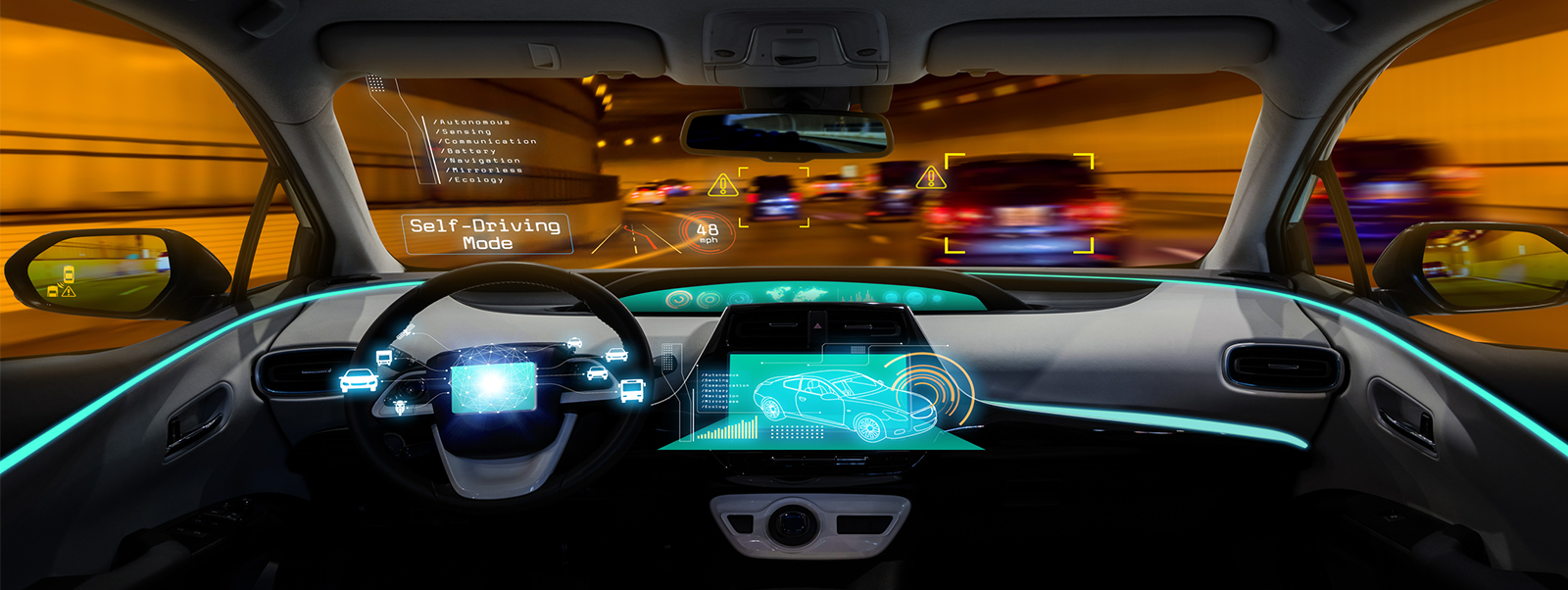In transportation, there is probably no word more widely used and simultaneously more of a mystery than autonomy. Although its exact implications for mobility are hard to fully grasp today, the industry recognizes they are so much more than the novelty of the self-driving, flying taxis being tested in Dubai or even an immediate game-changer like the driverless trucks that haul Frigidaire refrigerators along the I-10 freeway between Texas and California.
Autonomy has the potential to change the world, starting right now. The race is onGuillaume Thibault, Partner
Consider autonomous vehicles alone. While today the market for autonomous vehicles consists primarily of unmanned military drones, our research shows that over the next 12 years it will transform into one that is 60 percent civilian; include ground, sea, air, and space transportation; and expand to 636 billion euros—more than 40 times its current size. According to our calculations, autonomous vehicles will make up 20 percent of the total vehicle market by 2030, and three out of four of them will be used as ground transportation.
For the entire transportation and services sector—including public infrastructure; mobility services; traffic, fleet and data management; defense and security; and maintenance, repair, and overhaul—the arrival of autonomy means a five-fold increase in the market to almost $3 trillion. While the entire sector faces seismic shifts with the incumbent disruption, its players—as well as the myriad startups poised to enter—can expect outsized opportunities.
Read the rest of the article on autonomy here.



